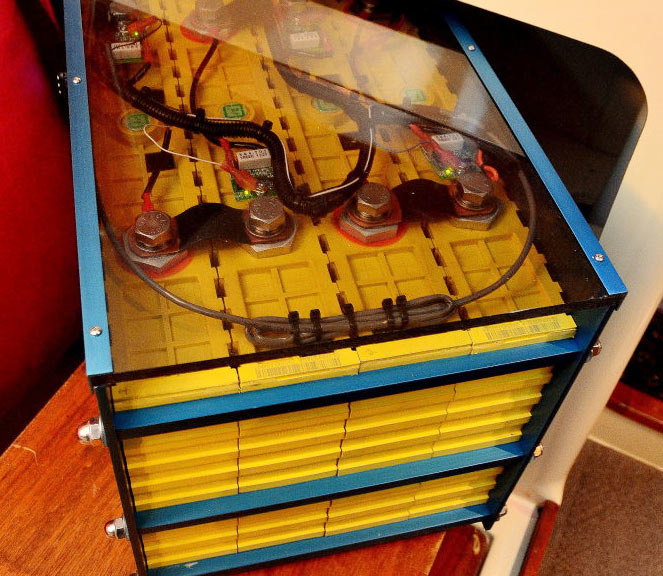I am researching putting a solar system on my Elkridge Extreme Light E282 Fifth Wheel.
Planning on building my lithium battery 12 v 280 or 270 ah cells with 4s 2p configuration. with a 250 or 300 amp daly bms. Will be putting in a 3000 inverter onto the system. I may possibly use the vitron energy 3000VA multiplus as i rather like its ability make up current when driveway surfing off a 15 amp circuit to allow AC to be run etc. Looking at 4 210 watt solar panels wired 2s 2 p with a 100 50 Amp solar controller.
I am reticent to build a 24 volt system as I would have to not only step down the 24 volts to power all the 12 volt systems for the rv but also step up the 12 volt charging circuit from the tow vehicle from 12 to 24. Given the rather short distances I will have from the battery bus to the inverter/converter the heavy cable will not be that much of a problem.
Am I heading in the right direction?
Planning on building my lithium battery 12 v 280 or 270 ah cells with 4s 2p configuration. with a 250 or 300 amp daly bms. Will be putting in a 3000 inverter onto the system. I may possibly use the vitron energy 3000VA multiplus as i rather like its ability make up current when driveway surfing off a 15 amp circuit to allow AC to be run etc. Looking at 4 210 watt solar panels wired 2s 2 p with a 100 50 Amp solar controller.
I am reticent to build a 24 volt system as I would have to not only step down the 24 volts to power all the 12 volt systems for the rv but also step up the 12 volt charging circuit from the tow vehicle from 12 to 24. Given the rather short distances I will have from the battery bus to the inverter/converter the heavy cable will not be that much of a problem.
Am I heading in the right direction?



